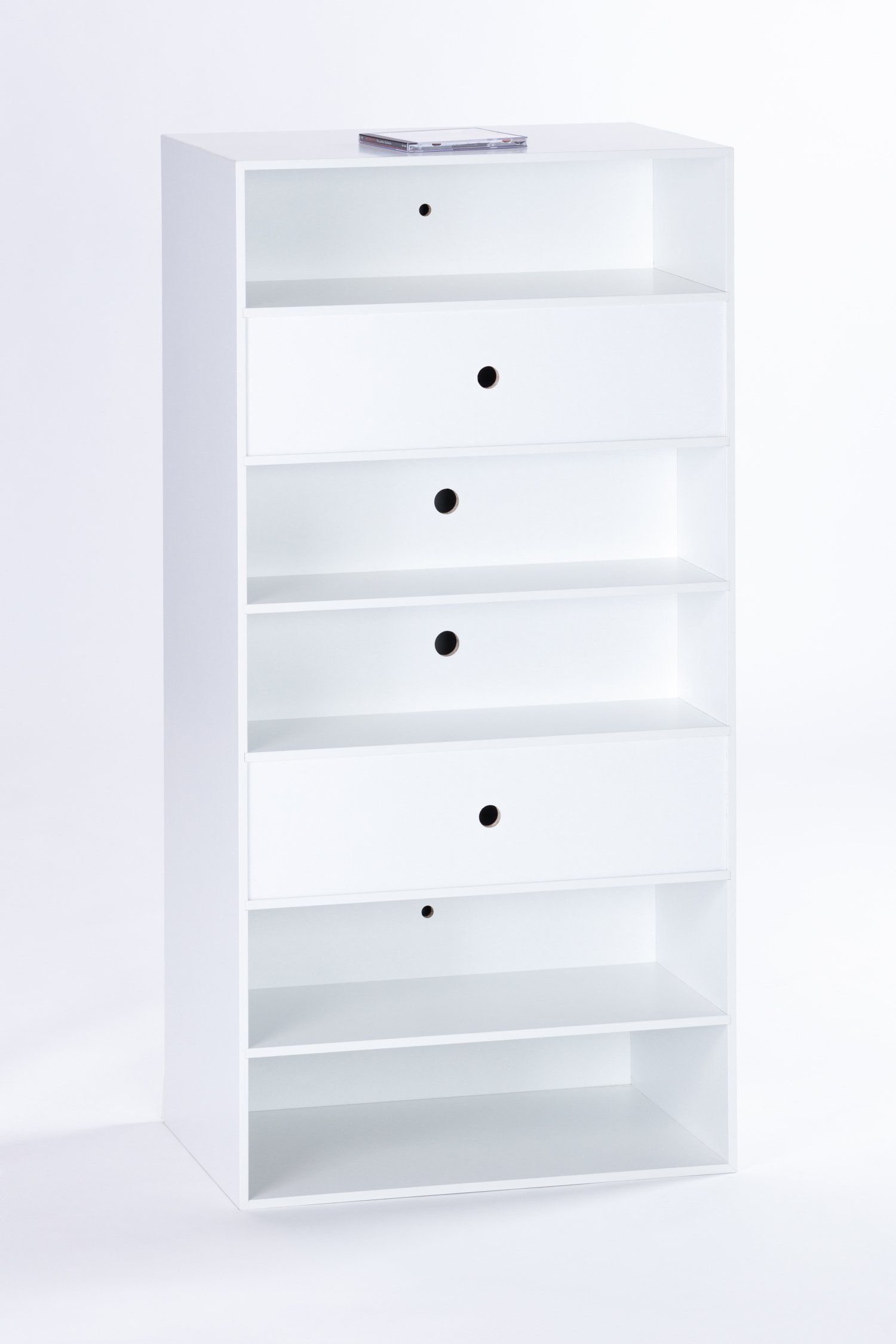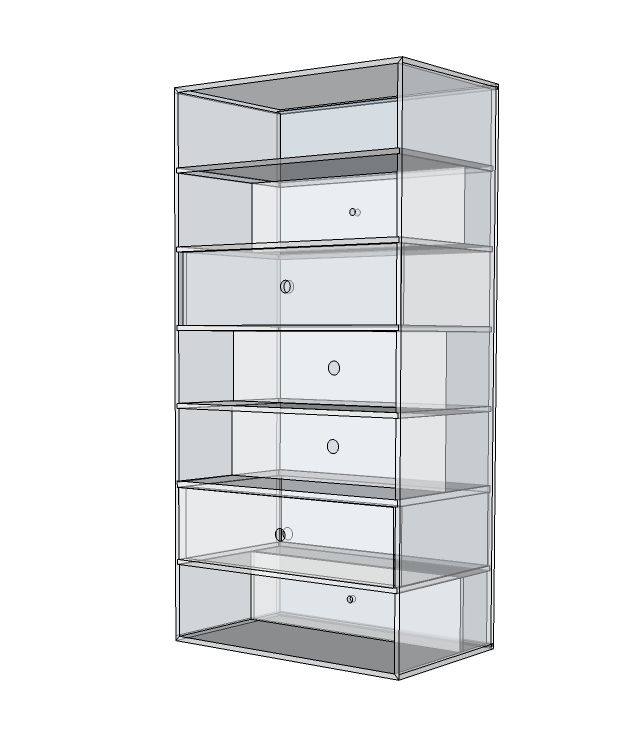Model XL
Scope of application:
Bass, baritone, tenor, alto, soprano
Cello, viola, violin
Tuba, trombone, horn, trumpet
Bassoon, saxophone, clarinet, oboe, flute
Piano, guitar, marimba
Technical specifications:
Diffusion:200 Hz - 1200 Hz; small Gis-D3
Division:7 frequency bands
Absorption:Below 150Hz
Division:6 Helmholtz resonators
Dimensions (height width depth): 110cmx55cmx32,2cm
description
Most of the melodies, no matter which instrument, play between the small a at around 220Hz and the a "at around 880Hz, which is probably the most important aspect of the XL model.
In small rooms it is already perceptible on entering as "room", "ambience" or "air" or "breathing". More important, however, is to avoid problems in the low midrange, which especially benefits the sonorous instruments. If your room is already booming with low male voices, for example, the Model XL is your first choice.
At lower frequencies, the diffraction of the waves increases so much that the acoustic elements would have to be too large. The XL model thus represents the limit of what makes sense technically, economically and acoustically. At the same time, it provides the most volume of absorption of all four acoustic elements and thus achieves a higher degree of absorption.






